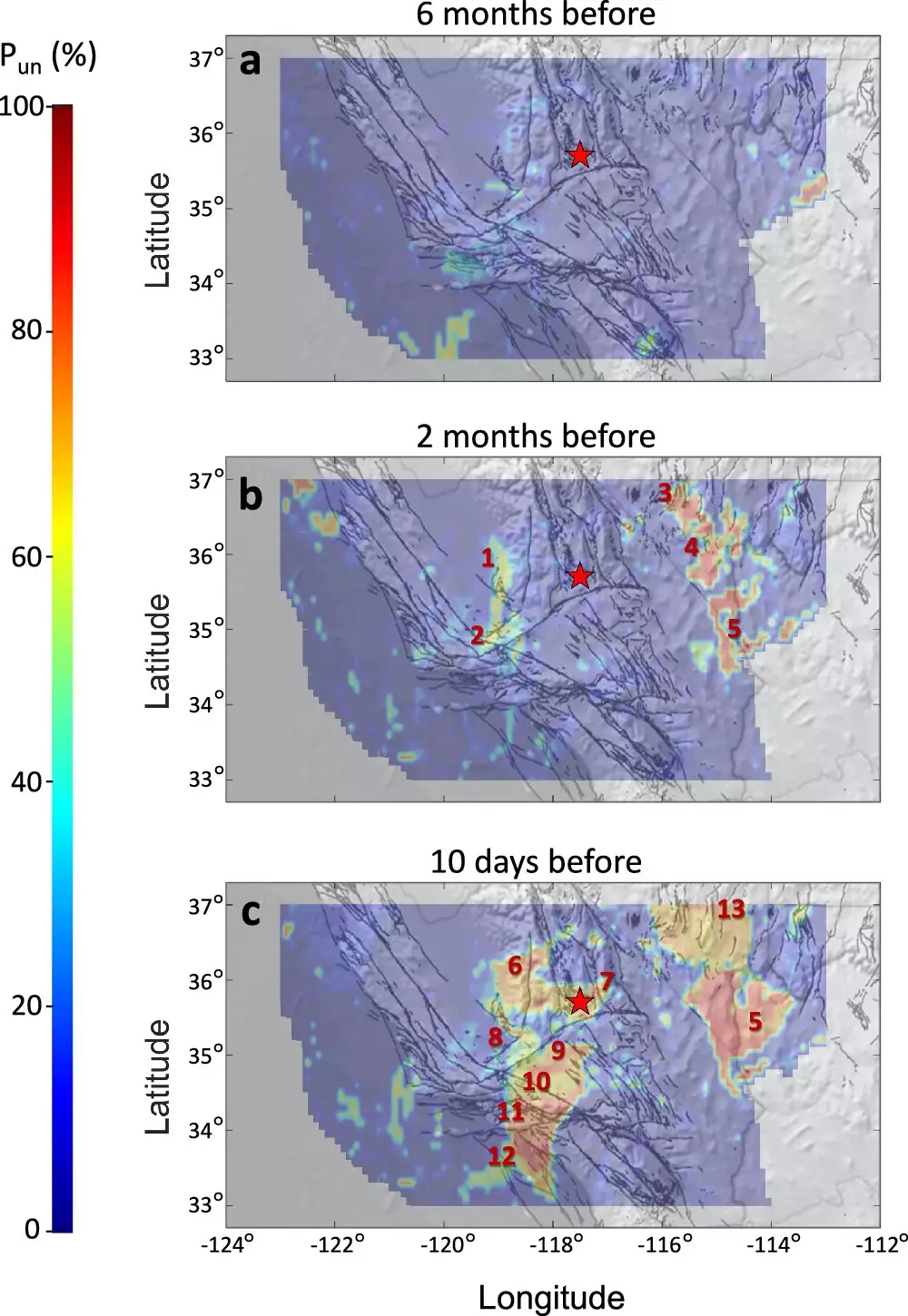The field of earthquake forecasting is undergoing a transformation, thanks to groundbreaking research conducted by a team of scientists led by Társilo Girona from the University of Alaska Fairbanks. In a recent study published in Nature Communications, the researchers demonstrated the potential for advanced statistical techniques, particularly machine learning, to predict major earthquakes with remarkable accuracy. By analyzing seismic data from two significant earthquakes in Alaska and California, the team was able to identify precursory activities that occurred months before the main event.
The key to this groundbreaking research lies in the use of machine learning algorithms, which are designed to interpret and analyze vast amounts of seismic data. These algorithms can detect subtle patterns and anomalies in the data that may serve as early warning signs of an impending earthquake. By focusing on low-level tectonic unrest over large areas, the researchers were able to pinpoint regions of heightened seismic activity leading up to the earthquakes in question.
One of the most significant findings of the study was the discovery that abnormal low-magnitude seismicity occurred across specific regions in Alaska and California in the months preceding the major earthquakes. This unrest, typically characterized by seismic activity with a magnitude below 1.5, served as a critical indicator of the impending seismic events. By analyzing these precursory activities, the researchers were able to predict the likelihood of a major earthquake occurring within a specific timeframe with a high degree of accuracy.
Girona and his team proposed a geologic explanation for the low-magnitude precursor activity, citing a significant increase in pore fluid pressure within faults as a possible cause. This increase in pressure can alter the mechanical properties of faults, leading to uneven variations in the regional stress field. These variations, in turn, may trigger the abnormal seismicity observed before major earthquakes. By understanding the geologic mechanisms at play, researchers can gain valuable insights into the processes that precede seismic events.
While the potential of earthquake forecasting is promising, Girona acknowledges the ethical and practical challenges associated with it. False alarms can cause unnecessary panic and economic disruption, while missed predictions can have catastrophic consequences. Therefore, it is crucial to strike a balance between providing accurate forecasts and managing the uncertainties inherent in earthquake prediction. The researchers emphasize the importance of testing their algorithm in real-time scenarios and training it with historical seismic data specific to each region before implementation.
As seismic networks continue to produce vast amounts of data, machine learning and high-performance computing will play an increasingly vital role in earthquake research. By leveraging these technologies, researchers can identify meaningful patterns in the data that may signal an impending earthquake. The future of earthquake forecasting holds great promise for saving lives and reducing economic losses by providing timely warnings and enabling preparedness measures.
The research conducted by Girona and his team represents a significant step forward in earthquake prediction. By harnessing the power of machine learning and data analysis, researchers are unlocking new possibilities for identifying precursors to seismic events. As technology continues to advance, the field of earthquake forecasting is poised for further innovation and breakthroughs that could revolutionize our ability to predict and mitigate the impact of major earthquakes.


Leave a Reply